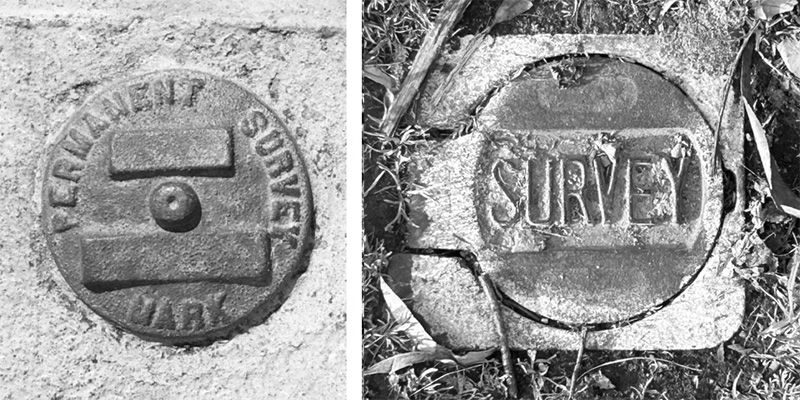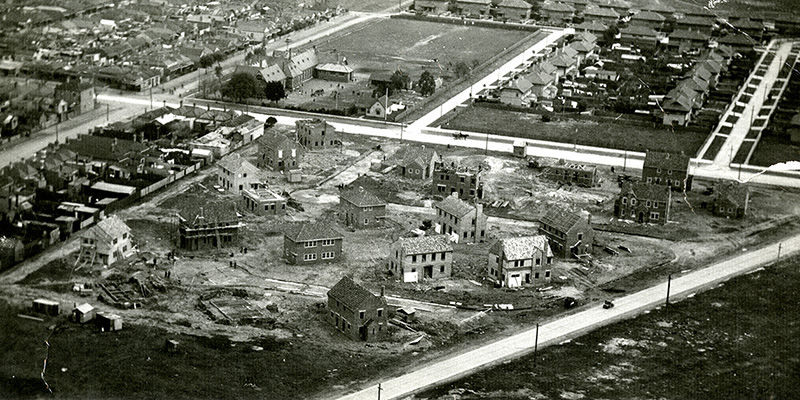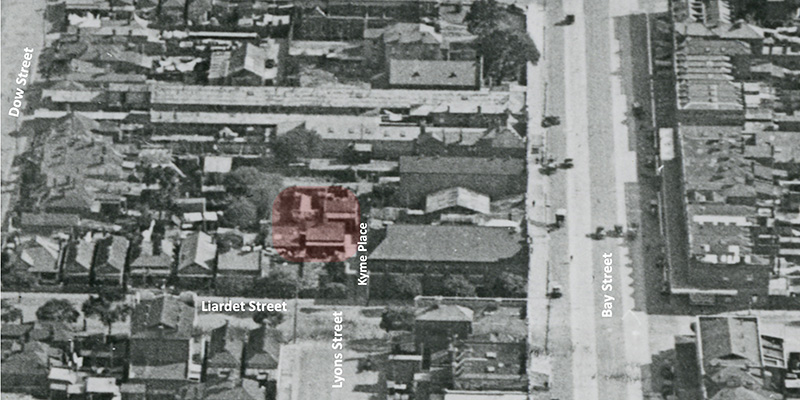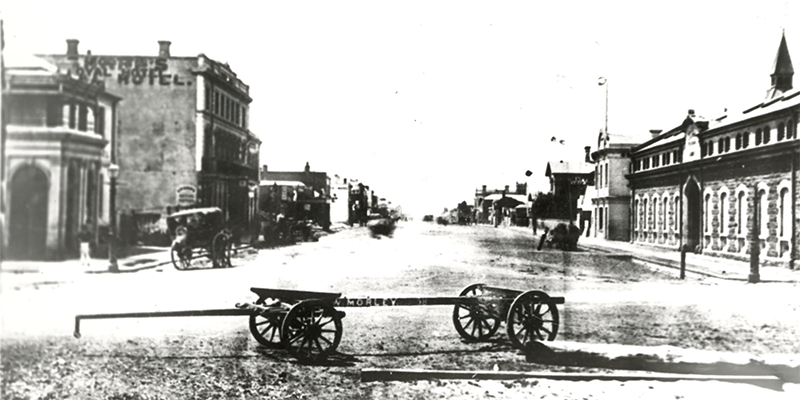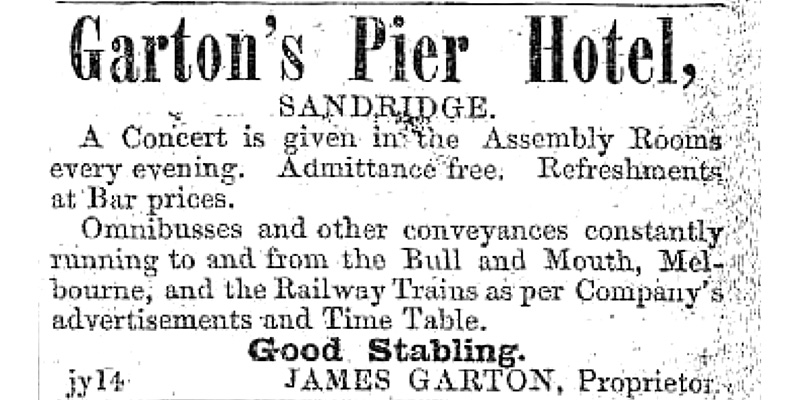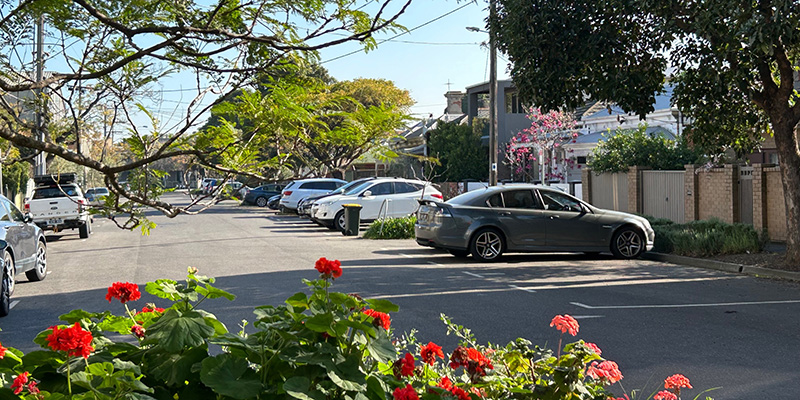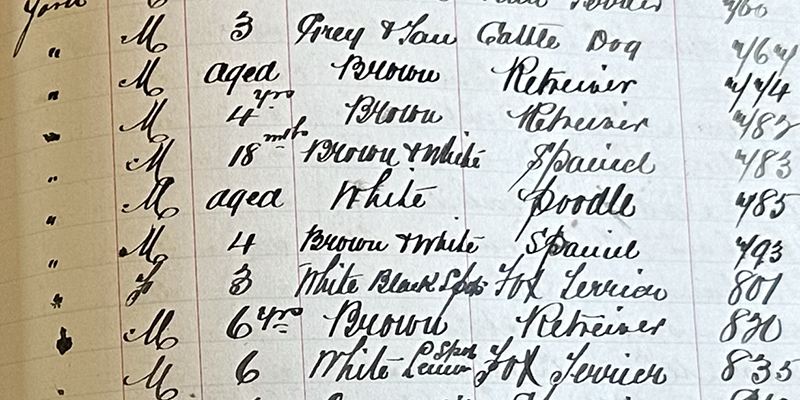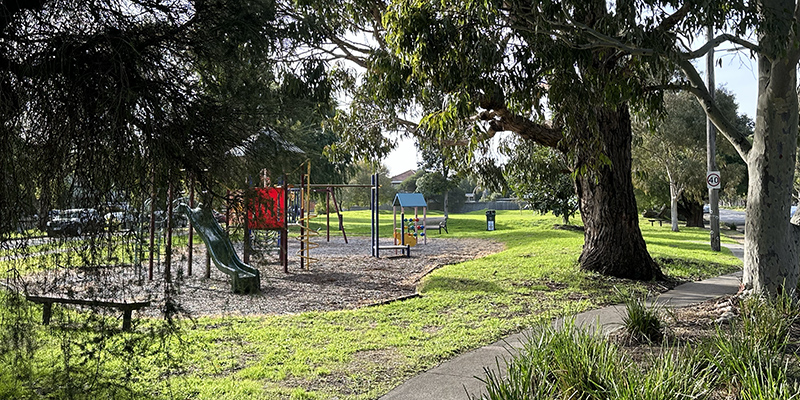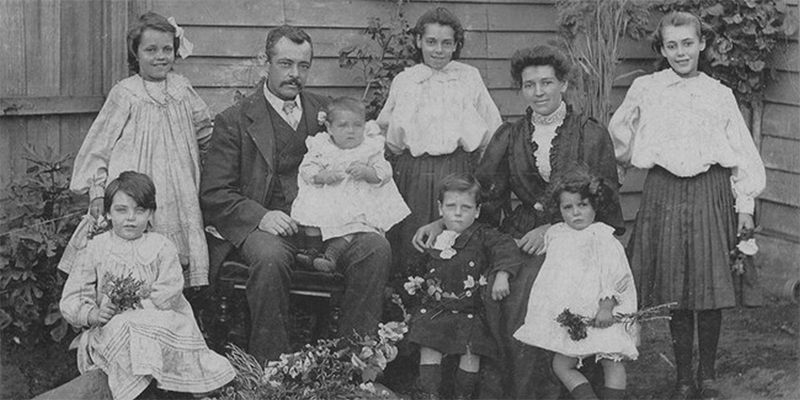by David F Radcliffe
Have you ever wondered what all those nails with coloured markings around them are on footpaths? Or have you come across an odd metal disc lurking in the grass or an unusual cover plate amongst the shrubs on the nature strip? If they look like any of the following, then they are part of the system…
